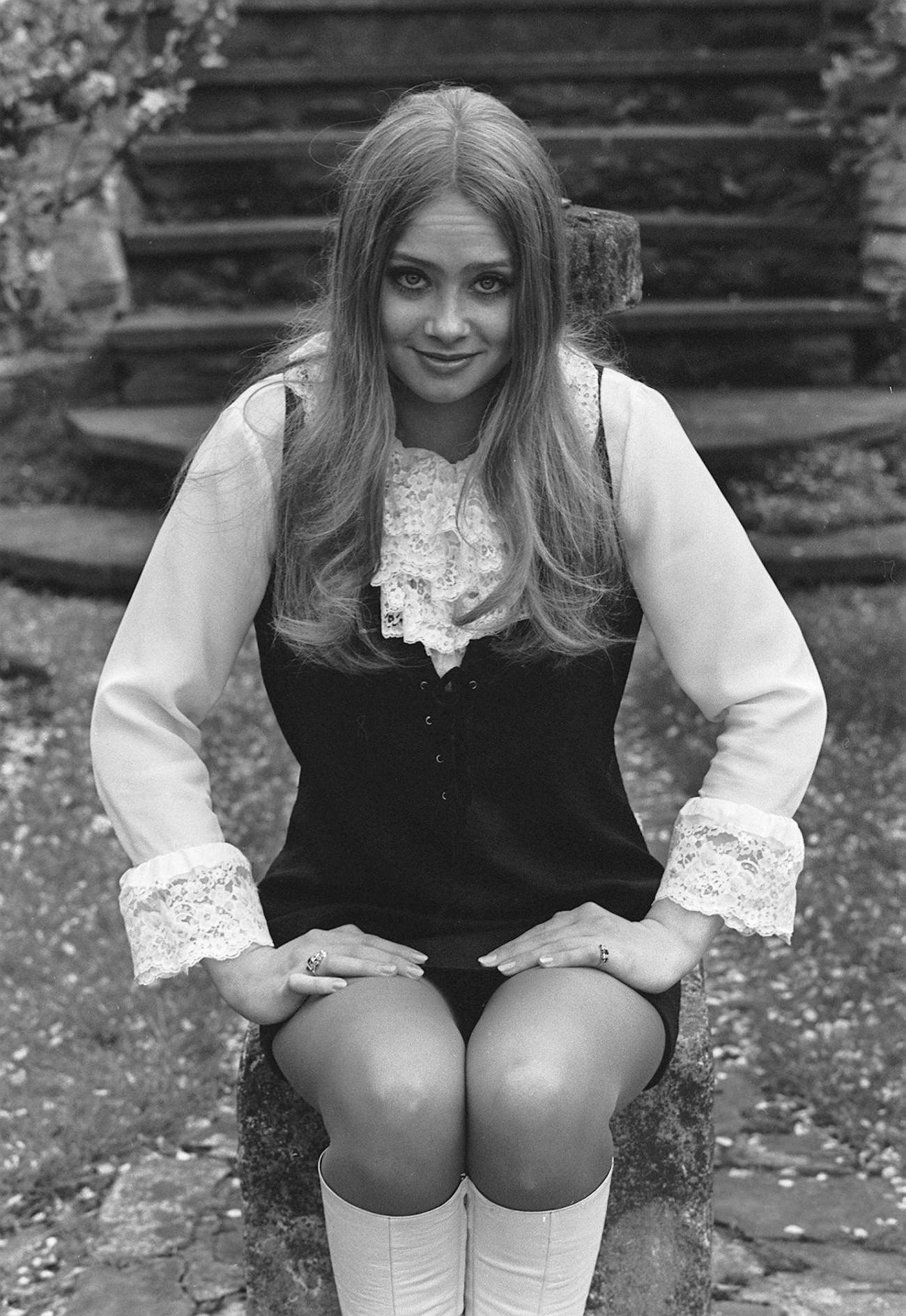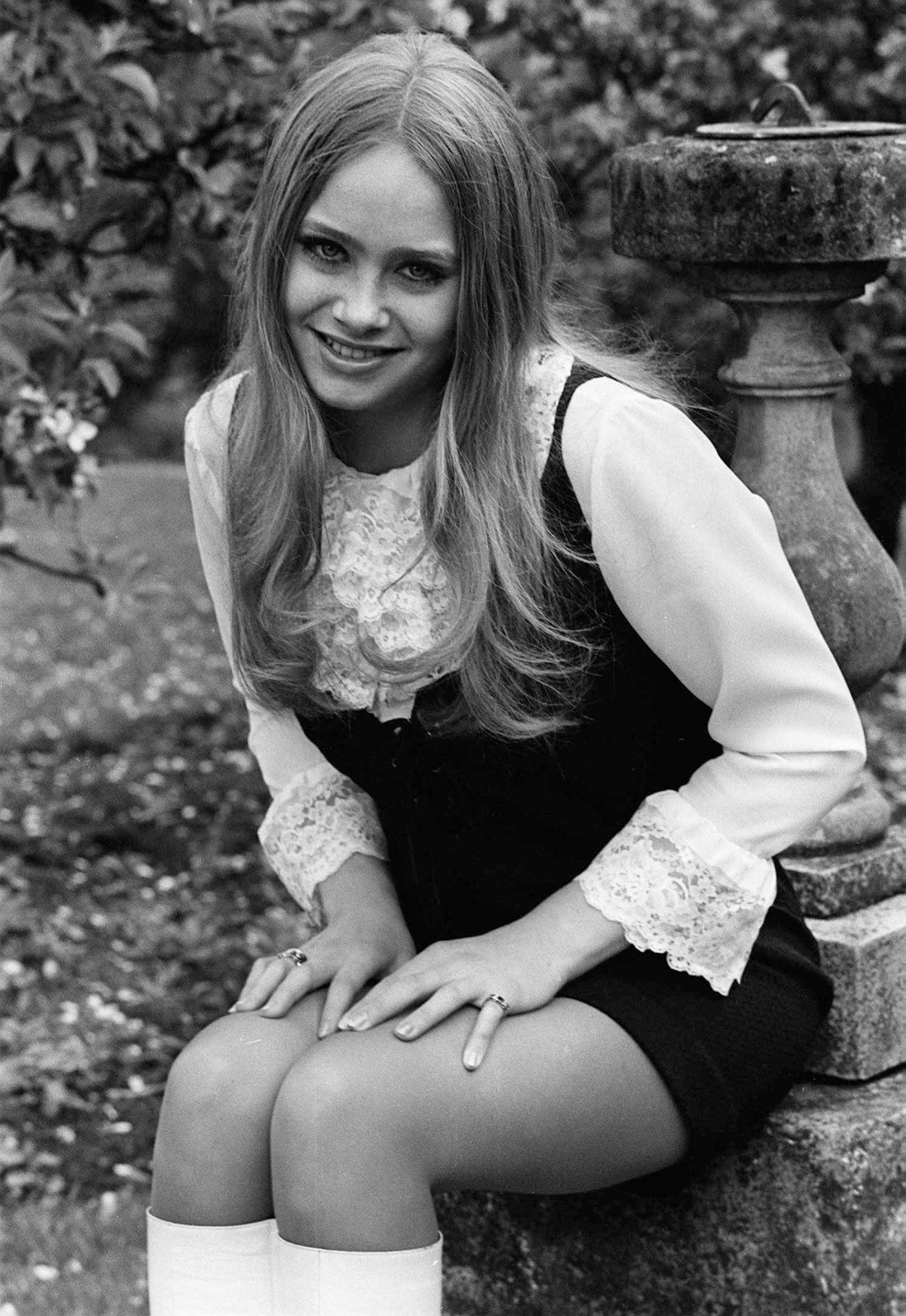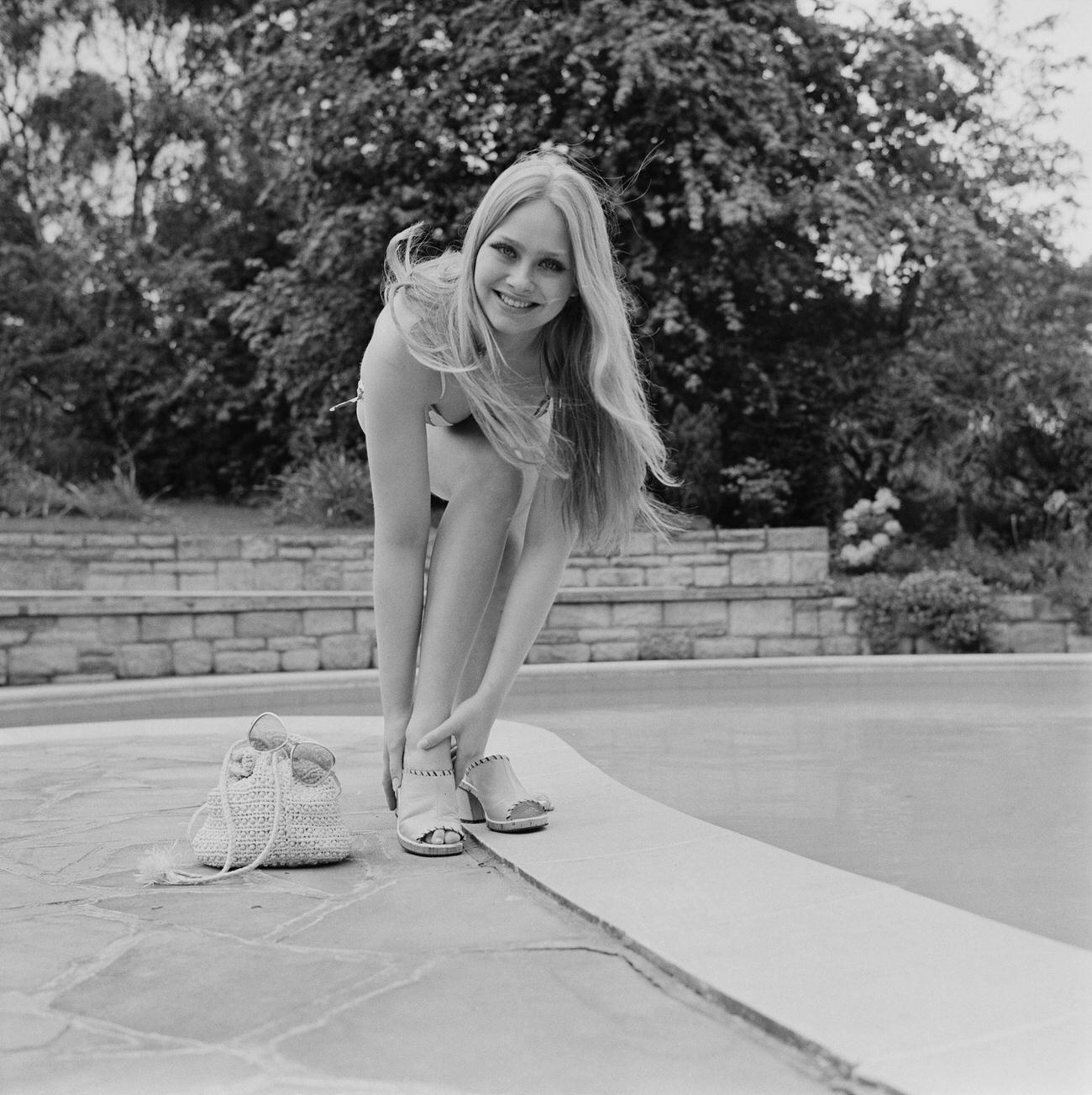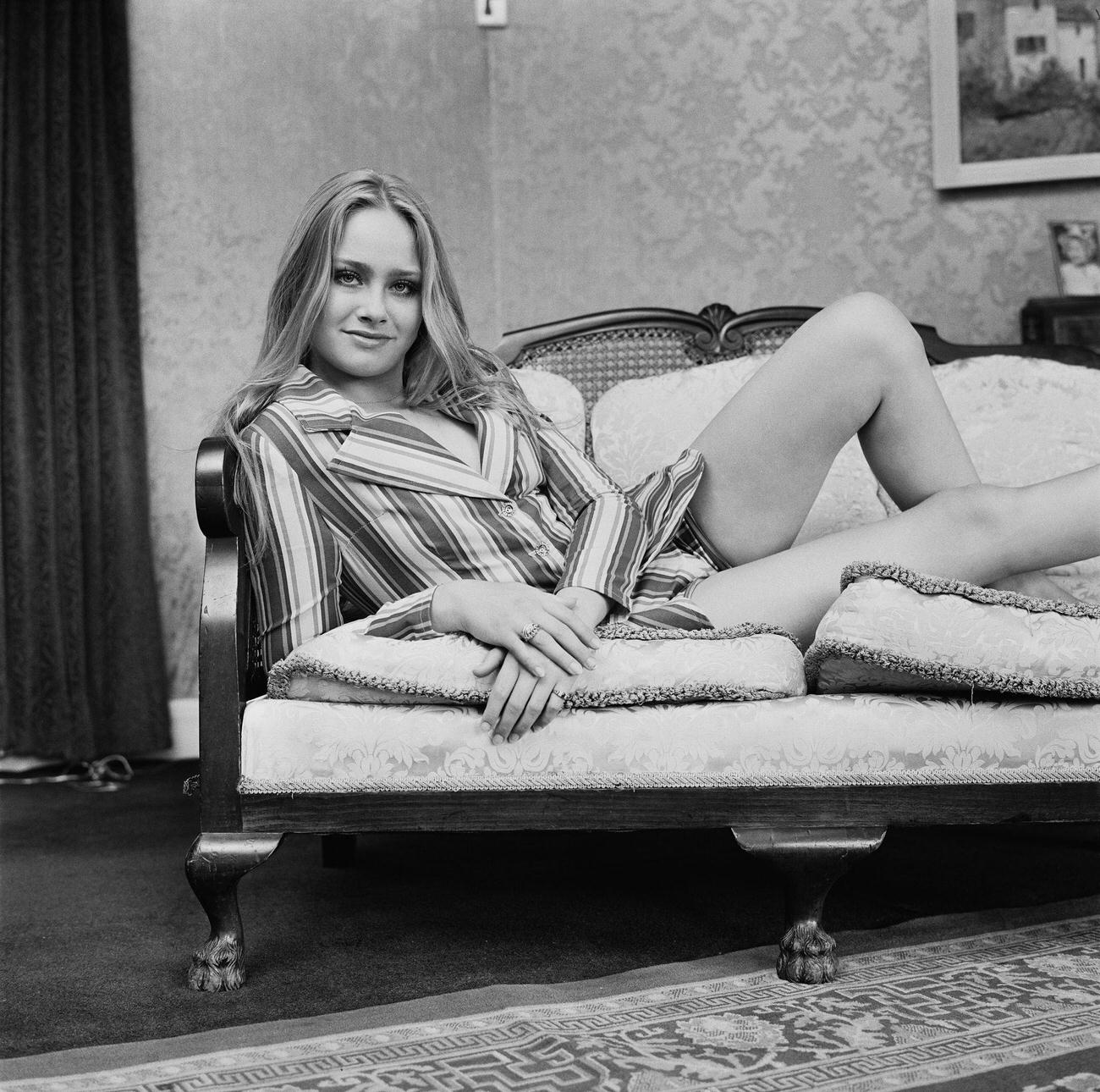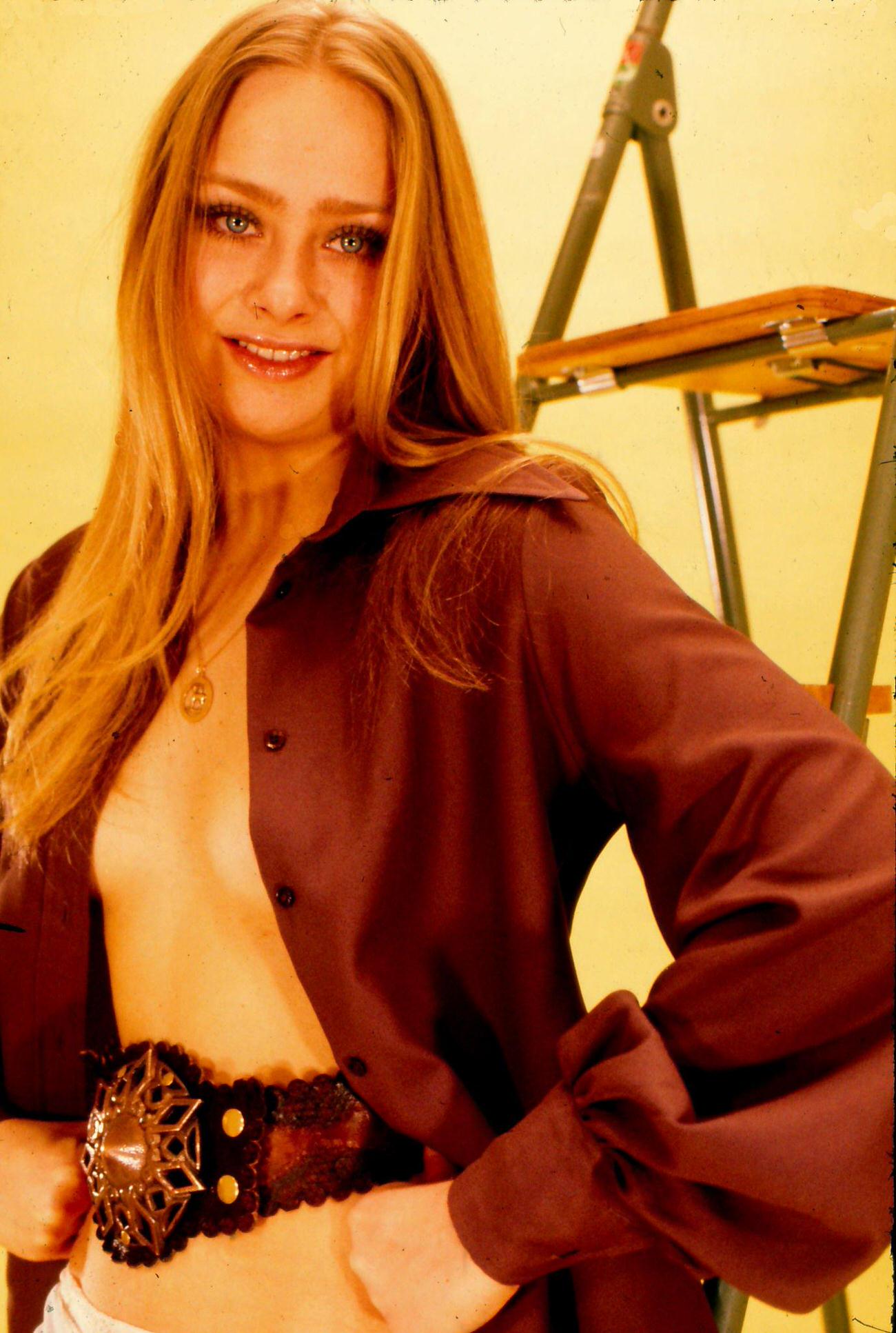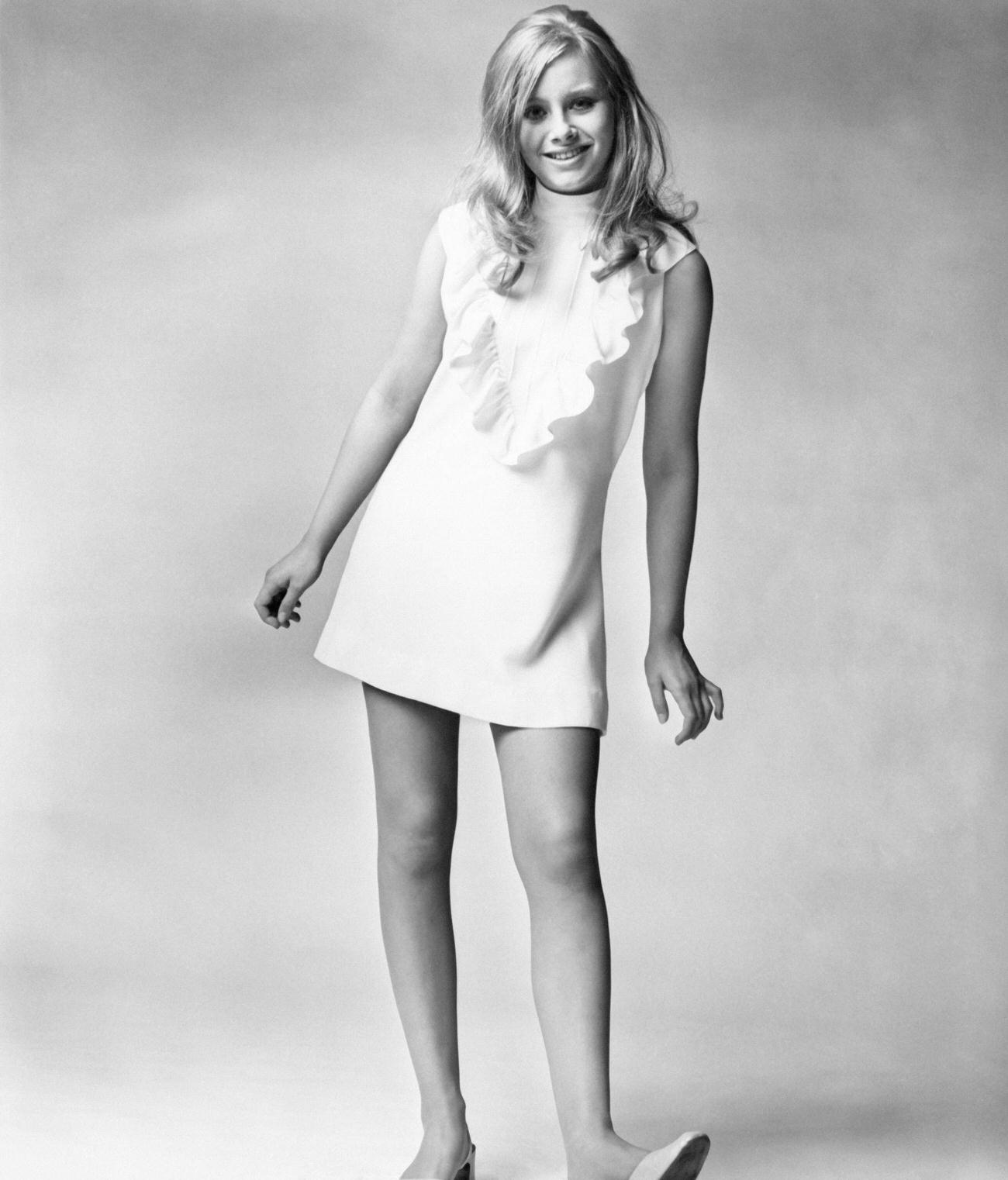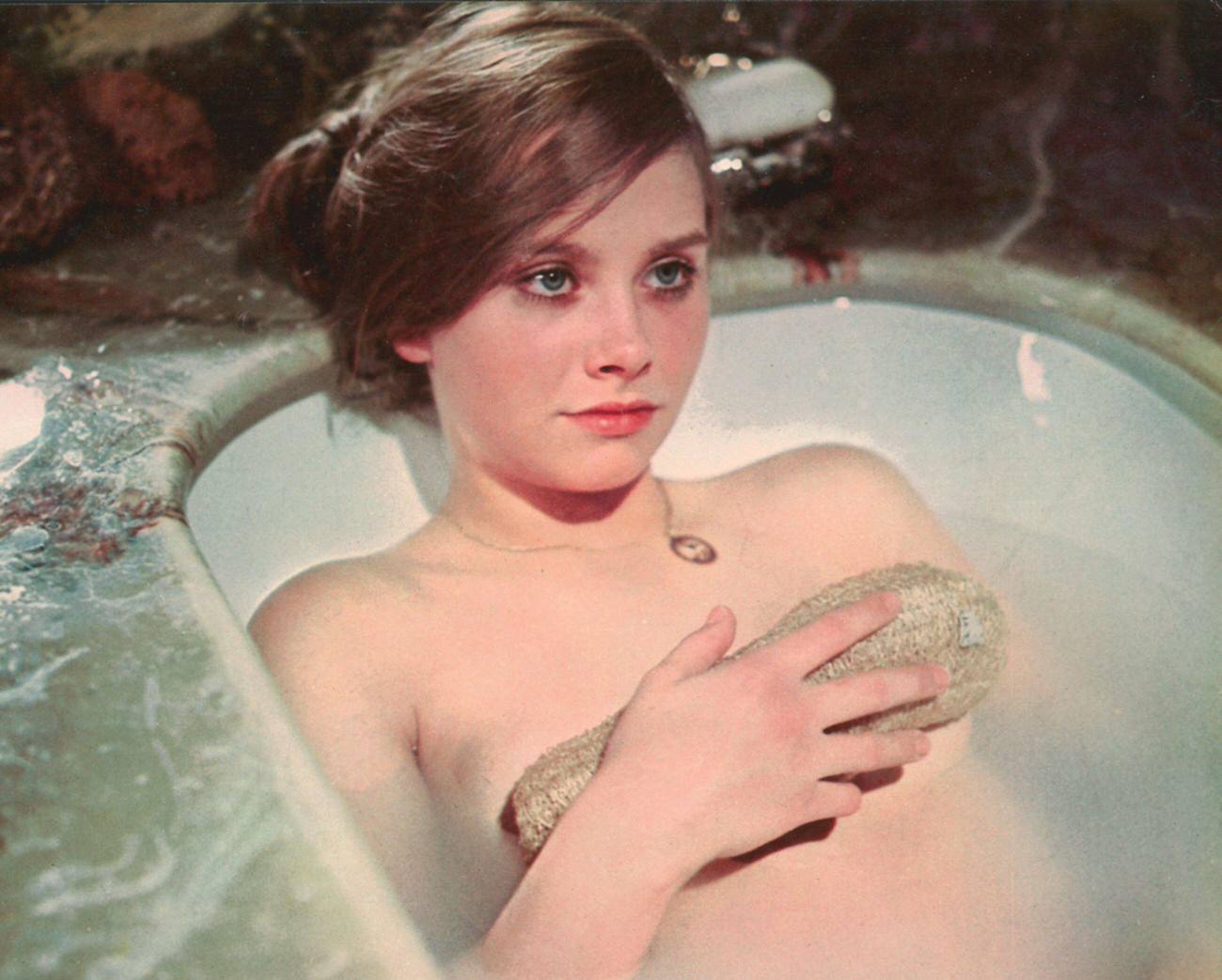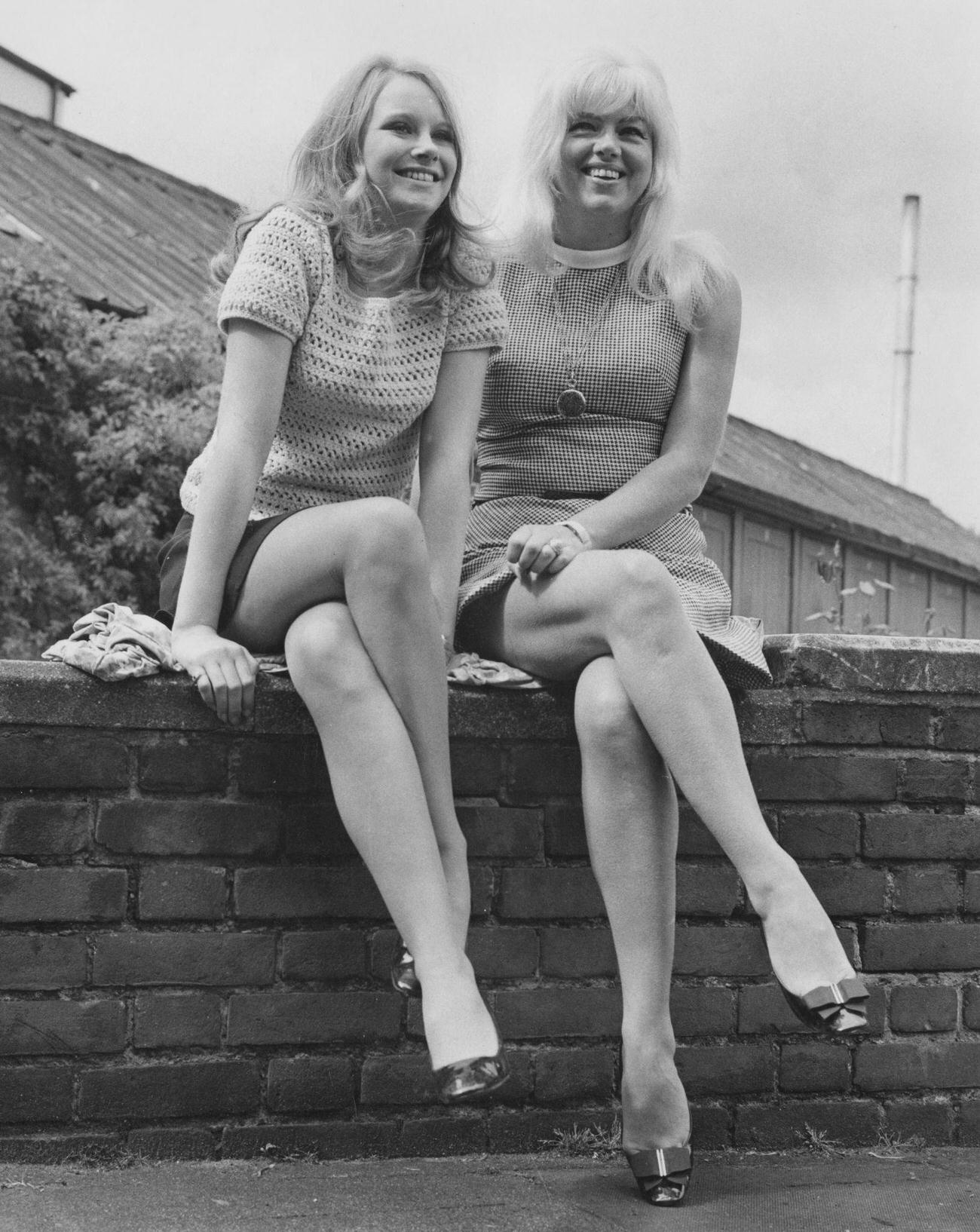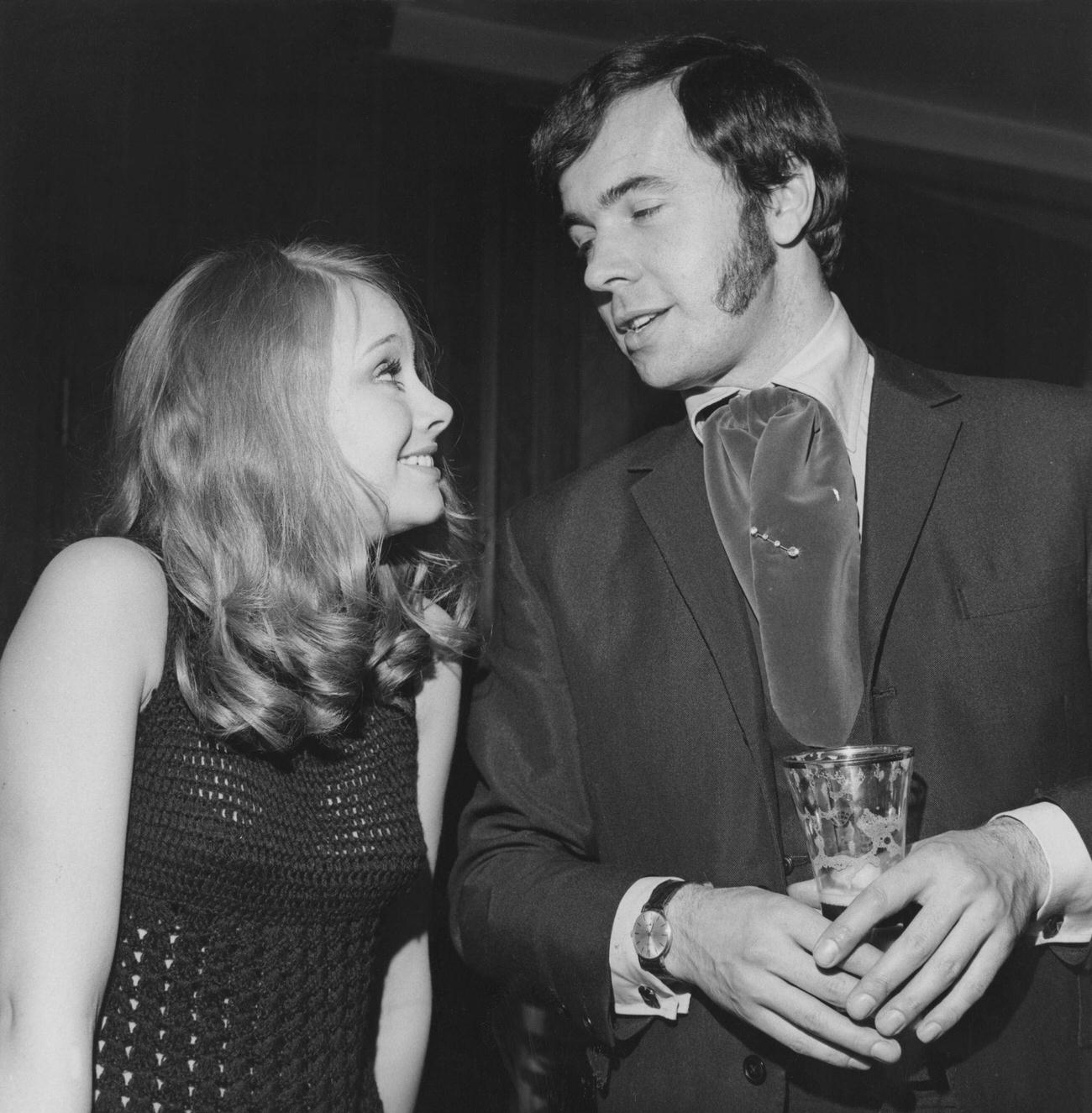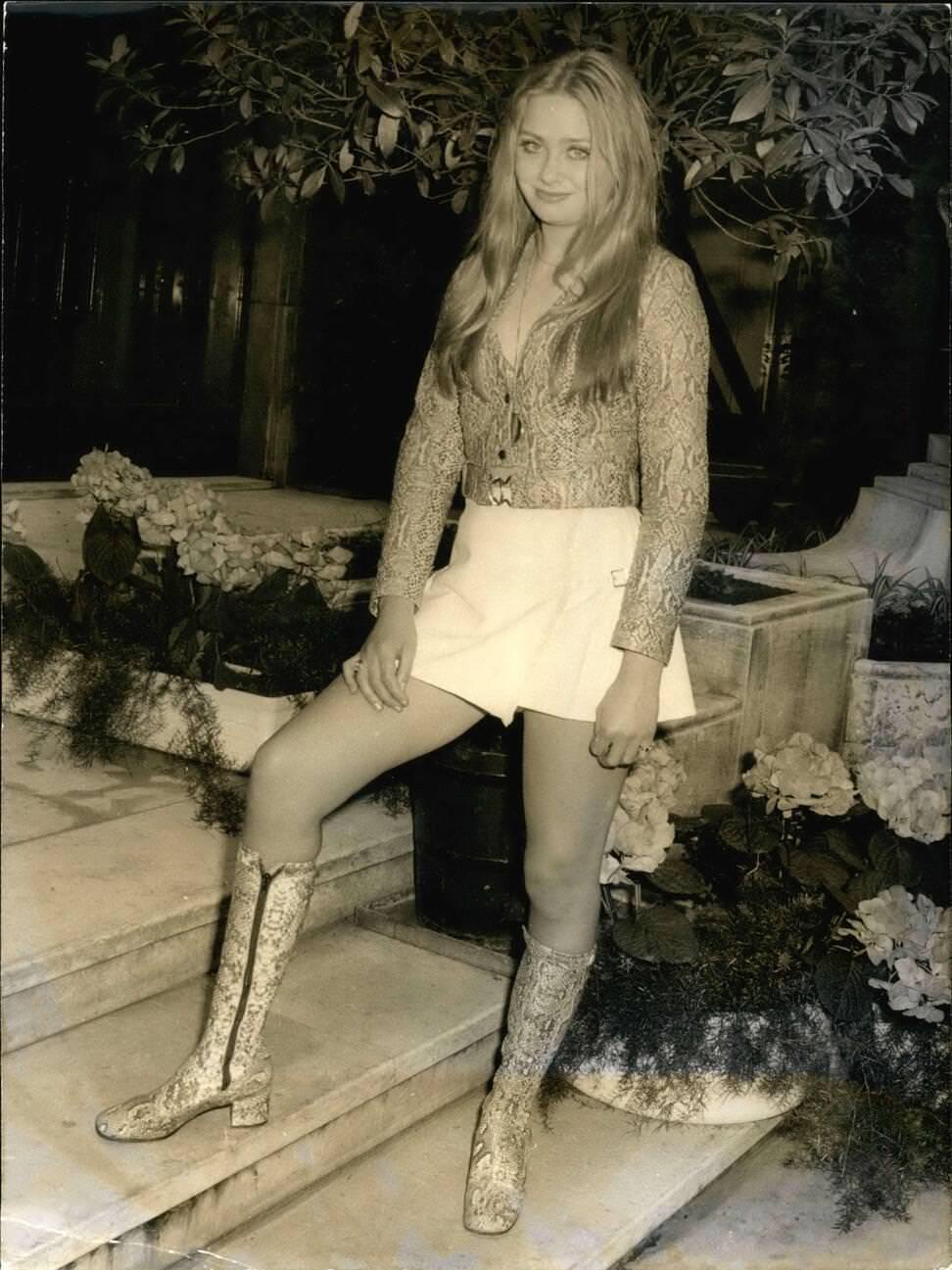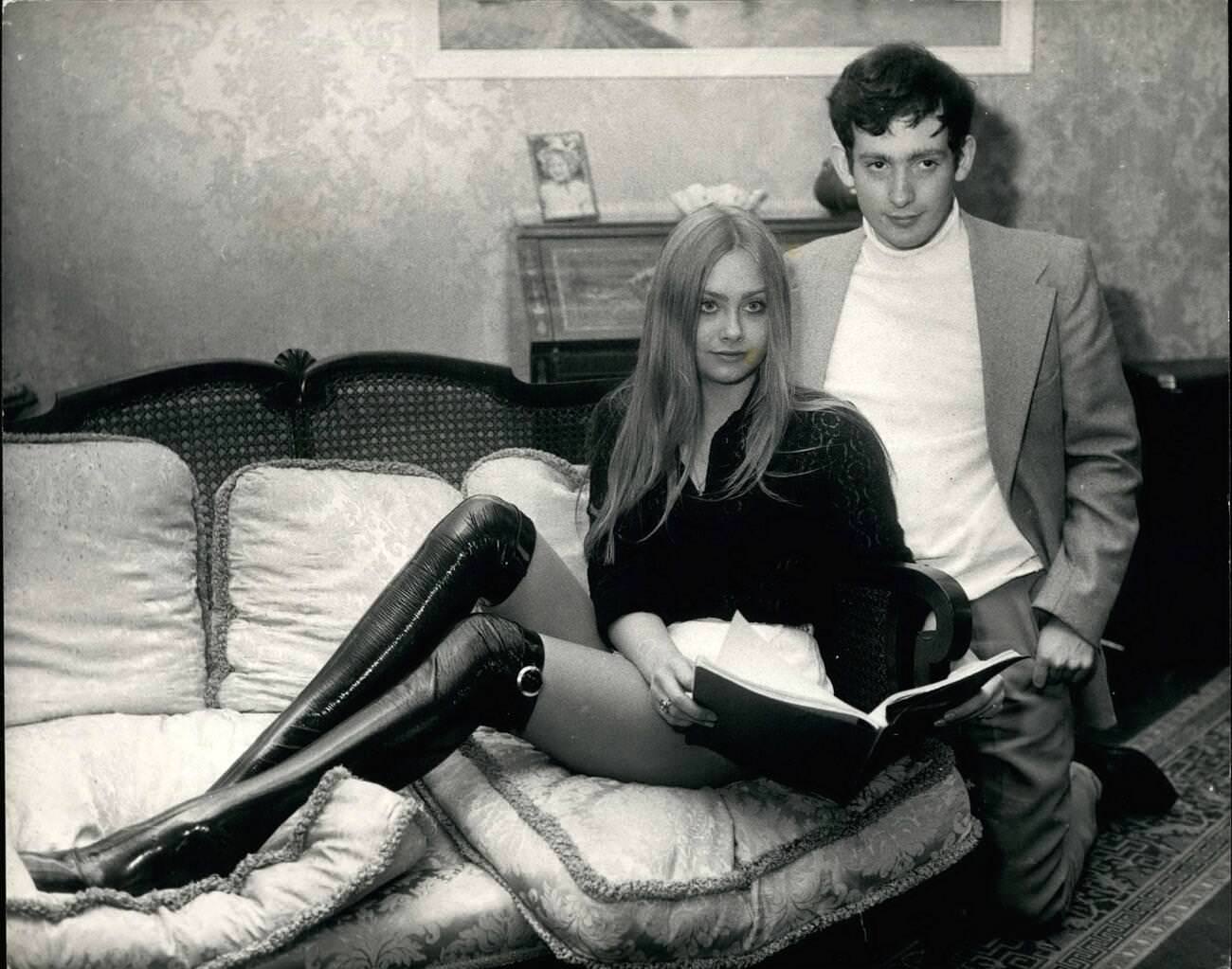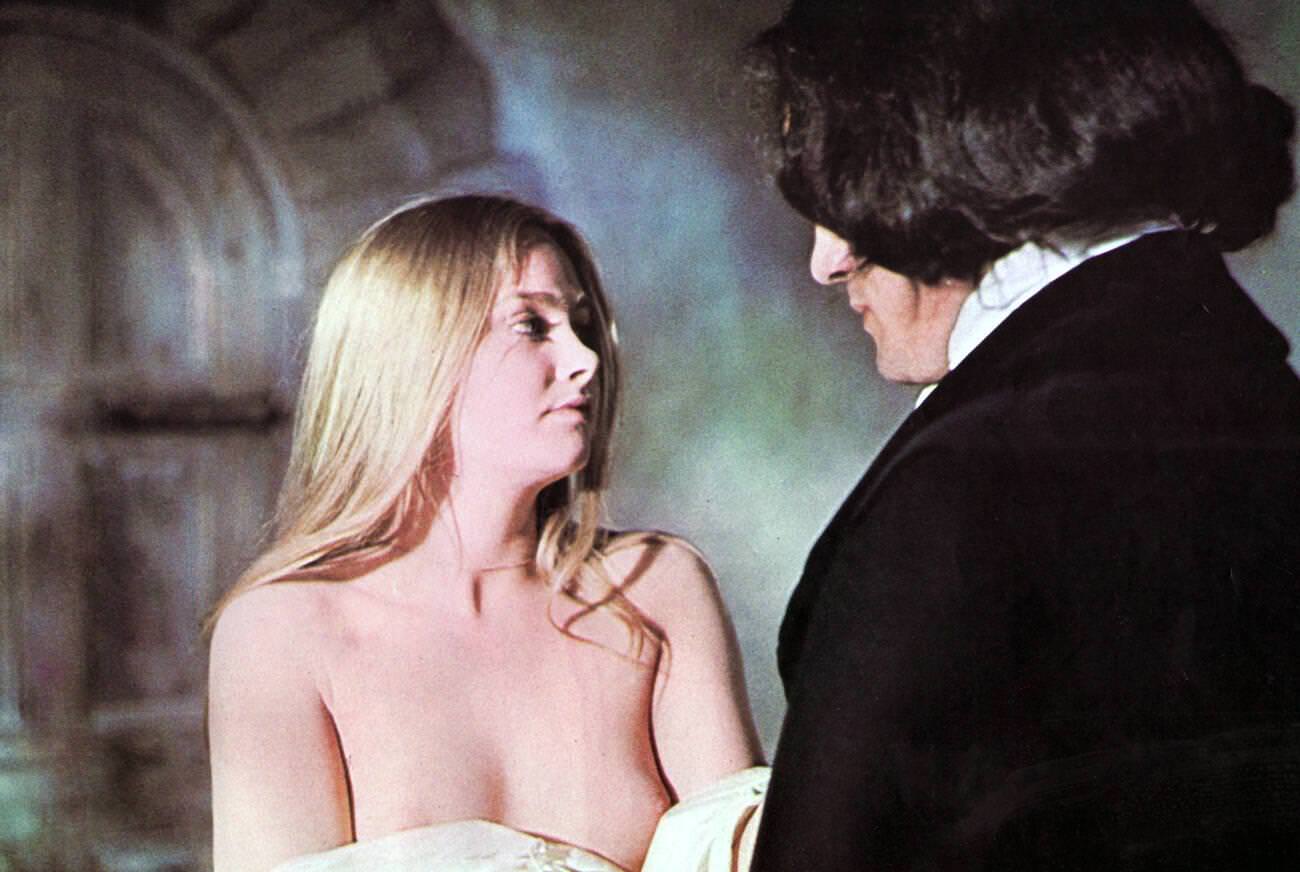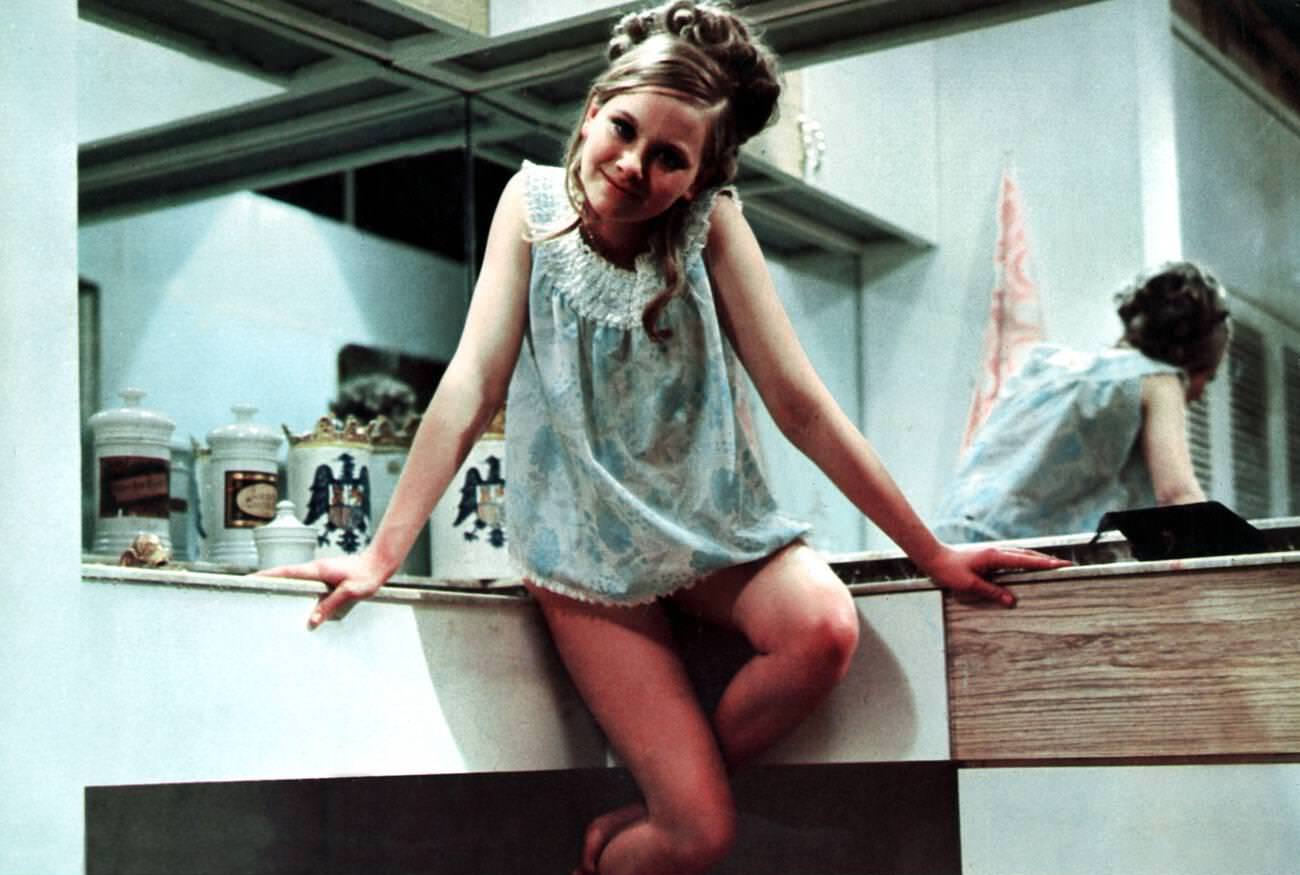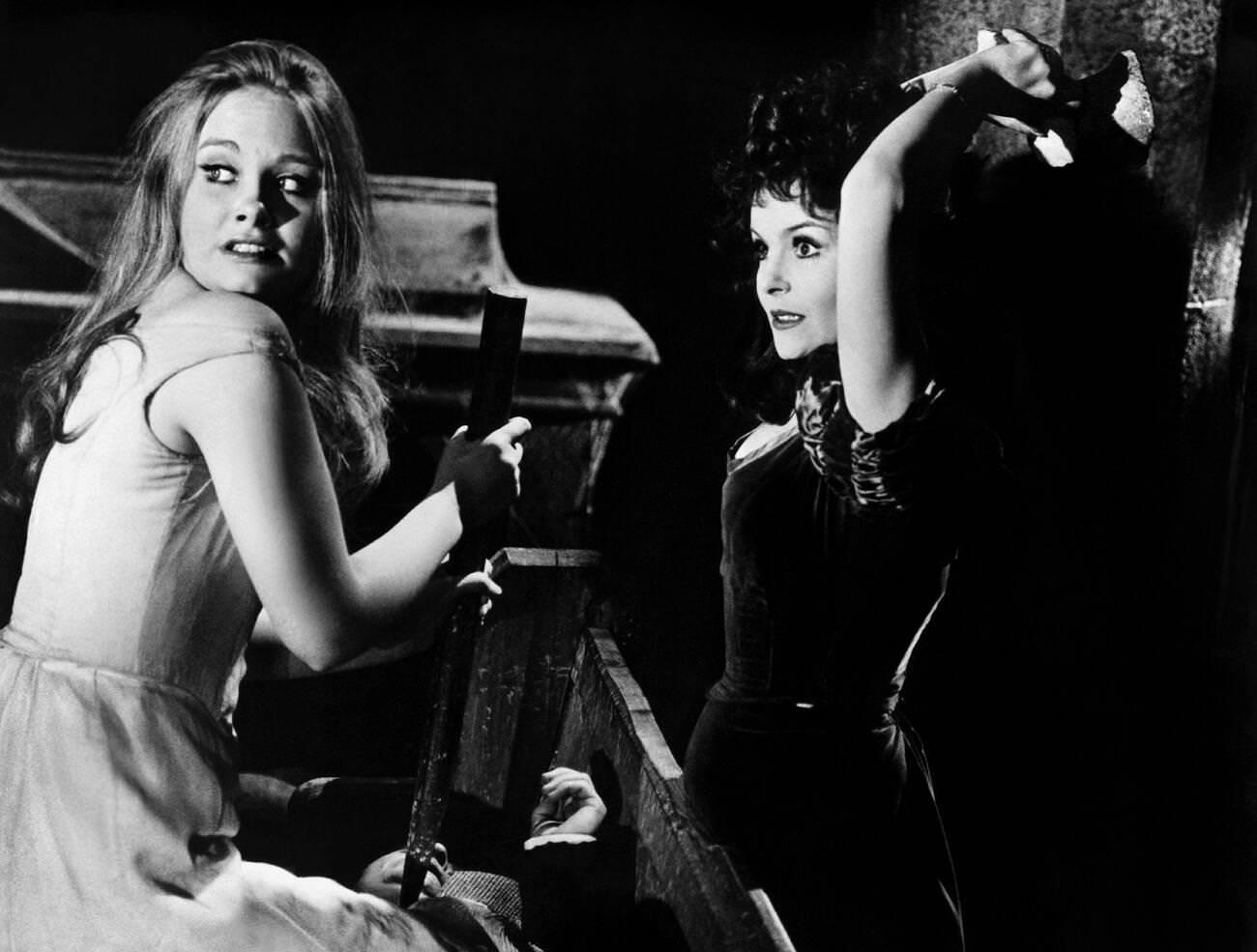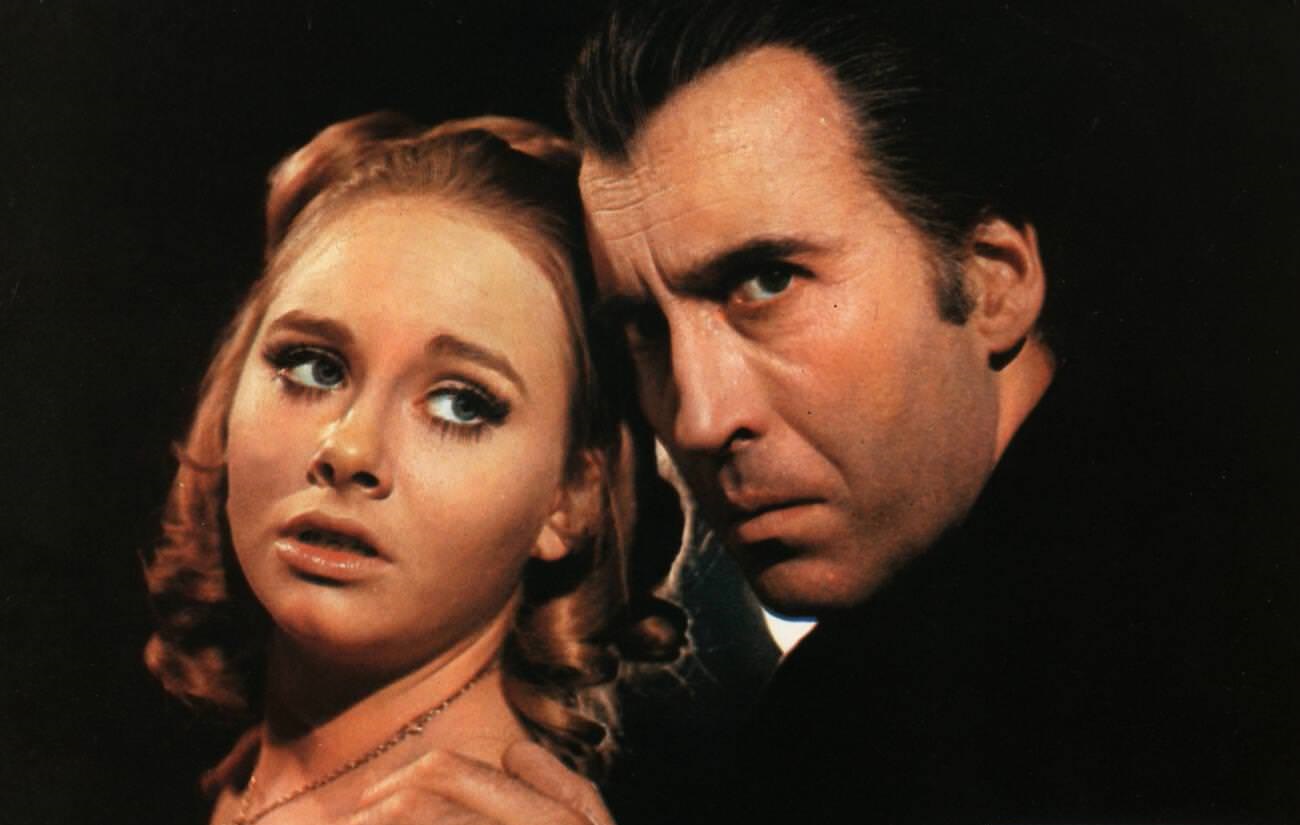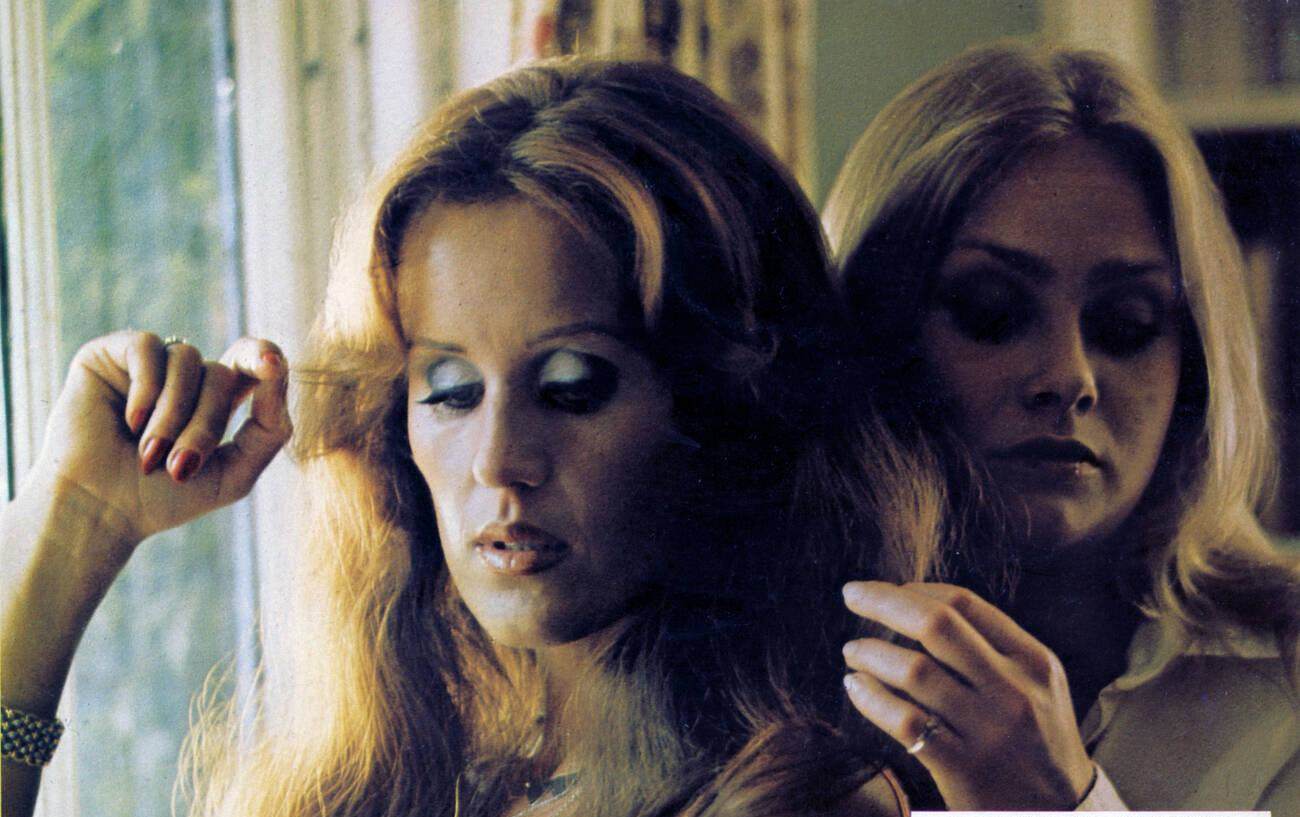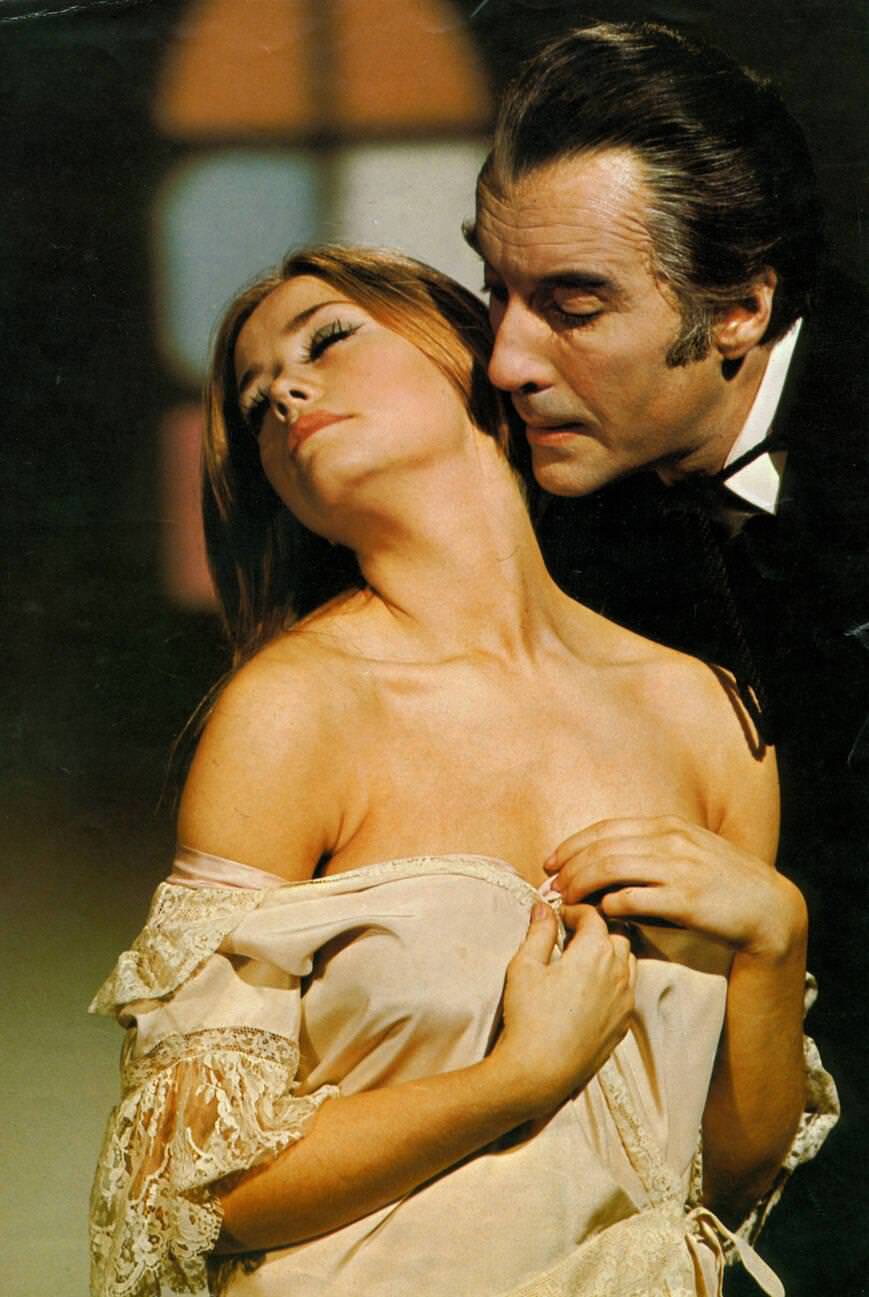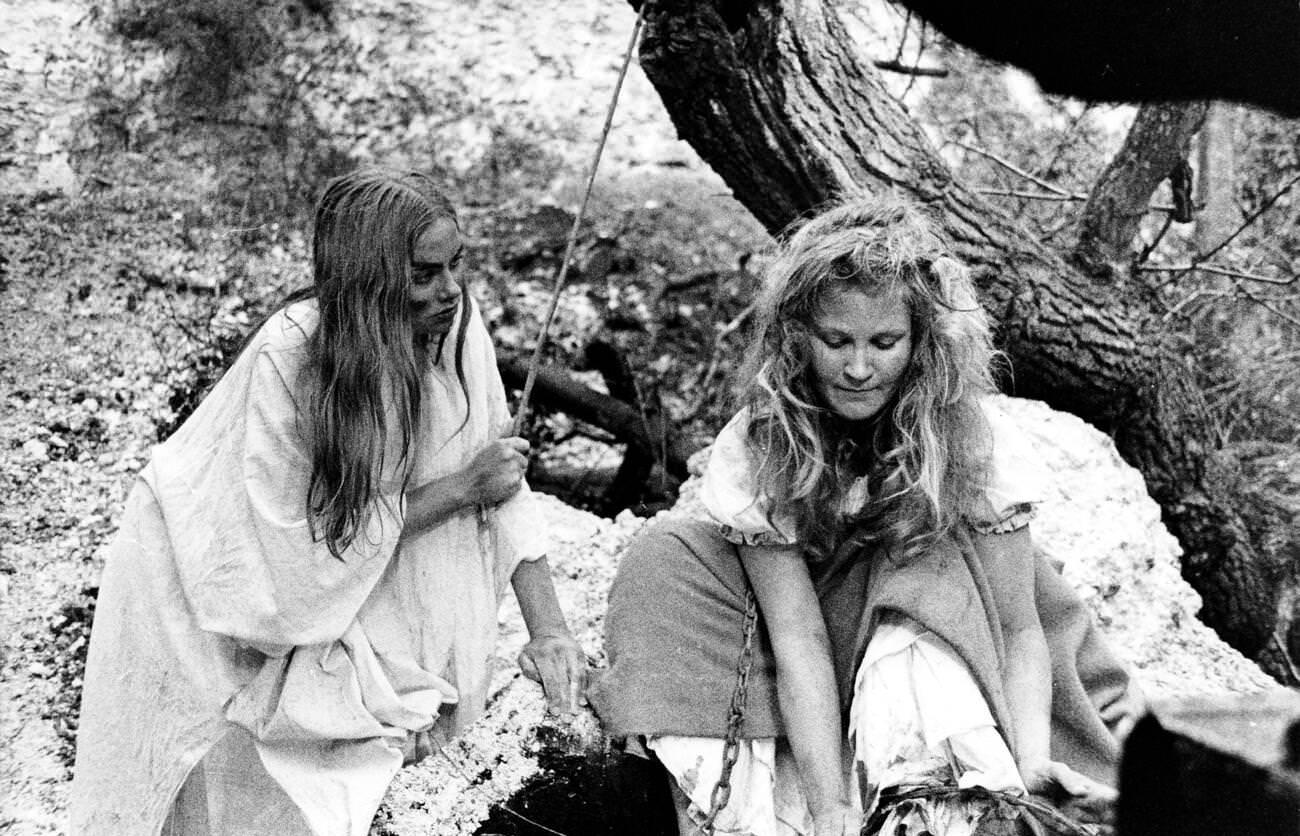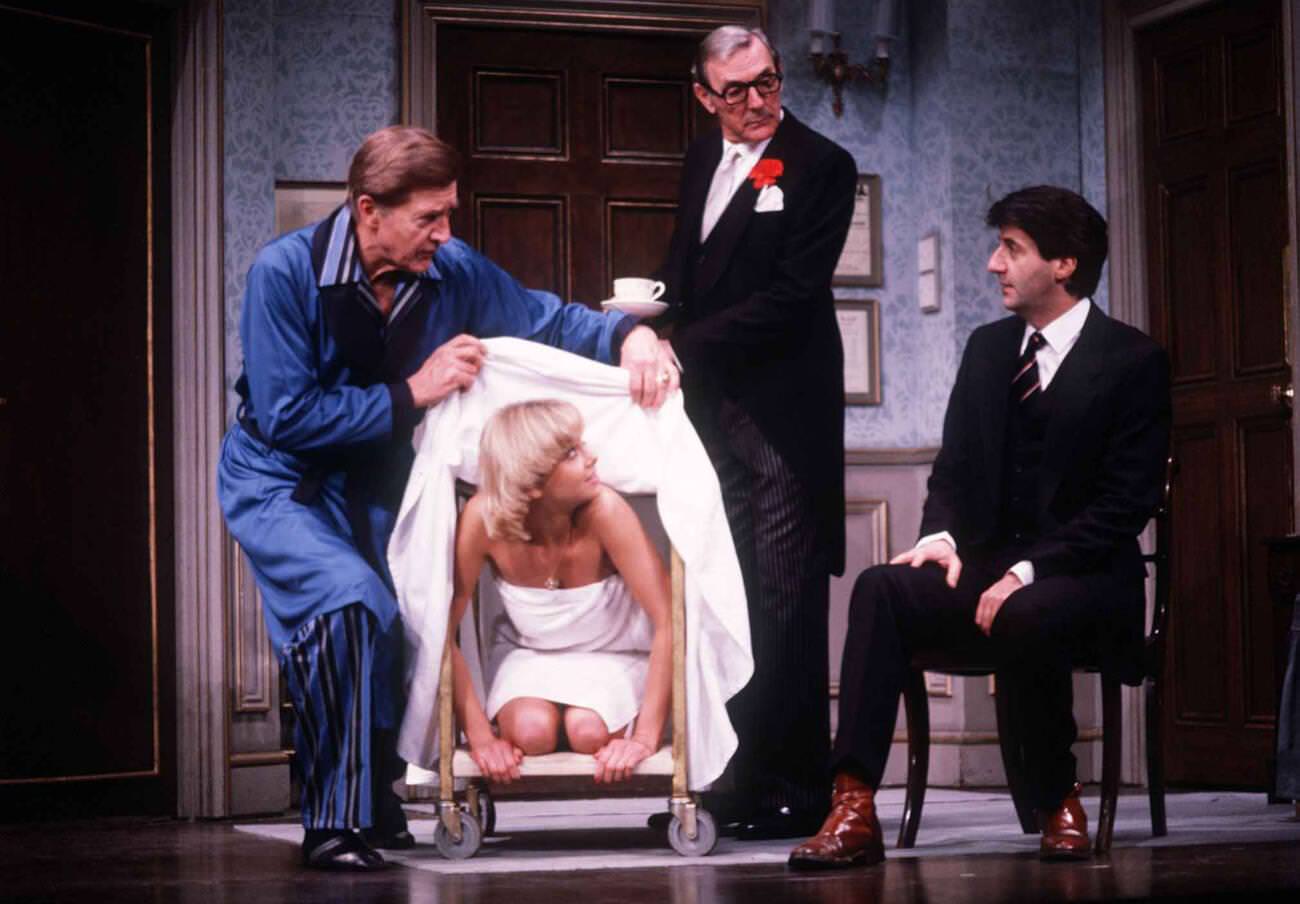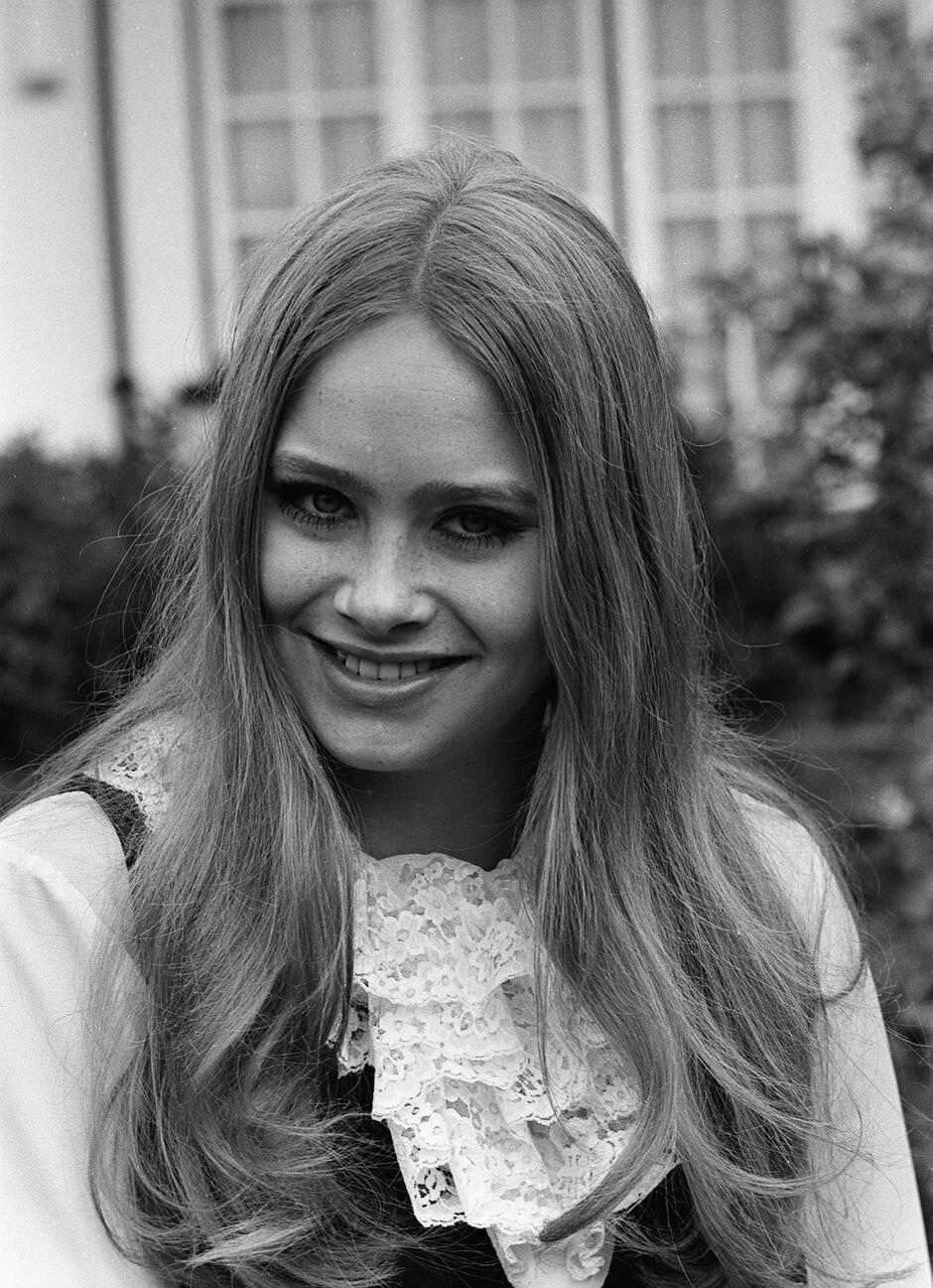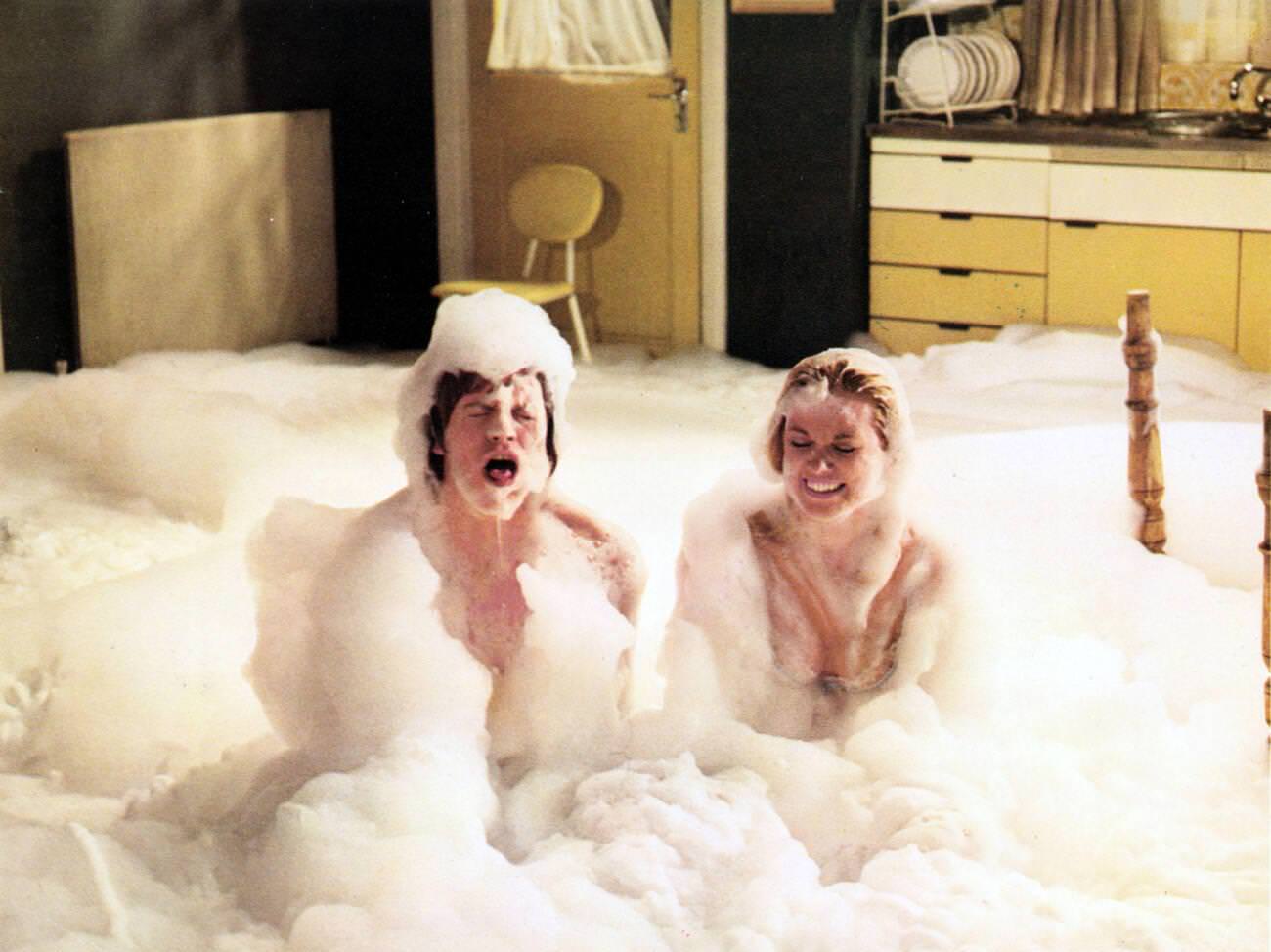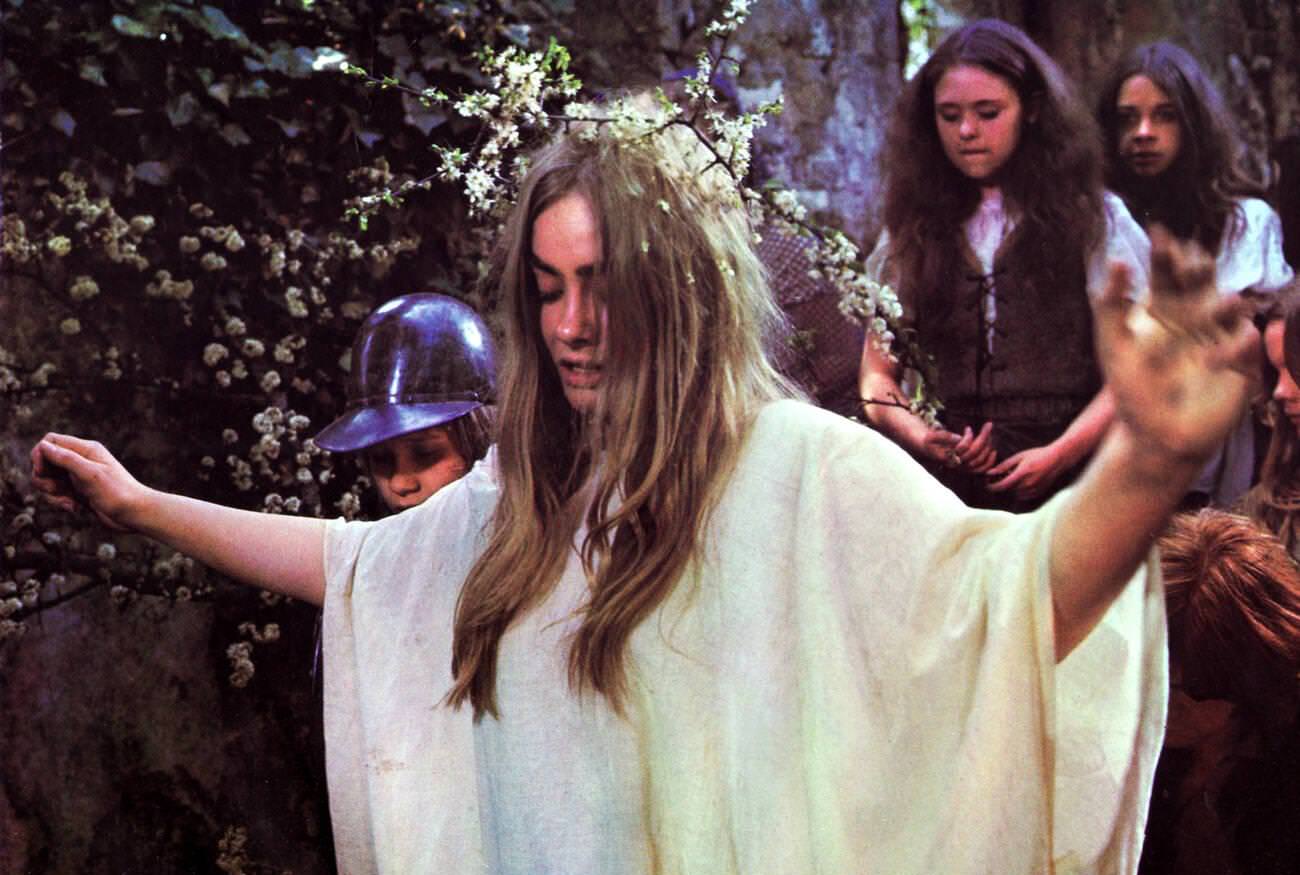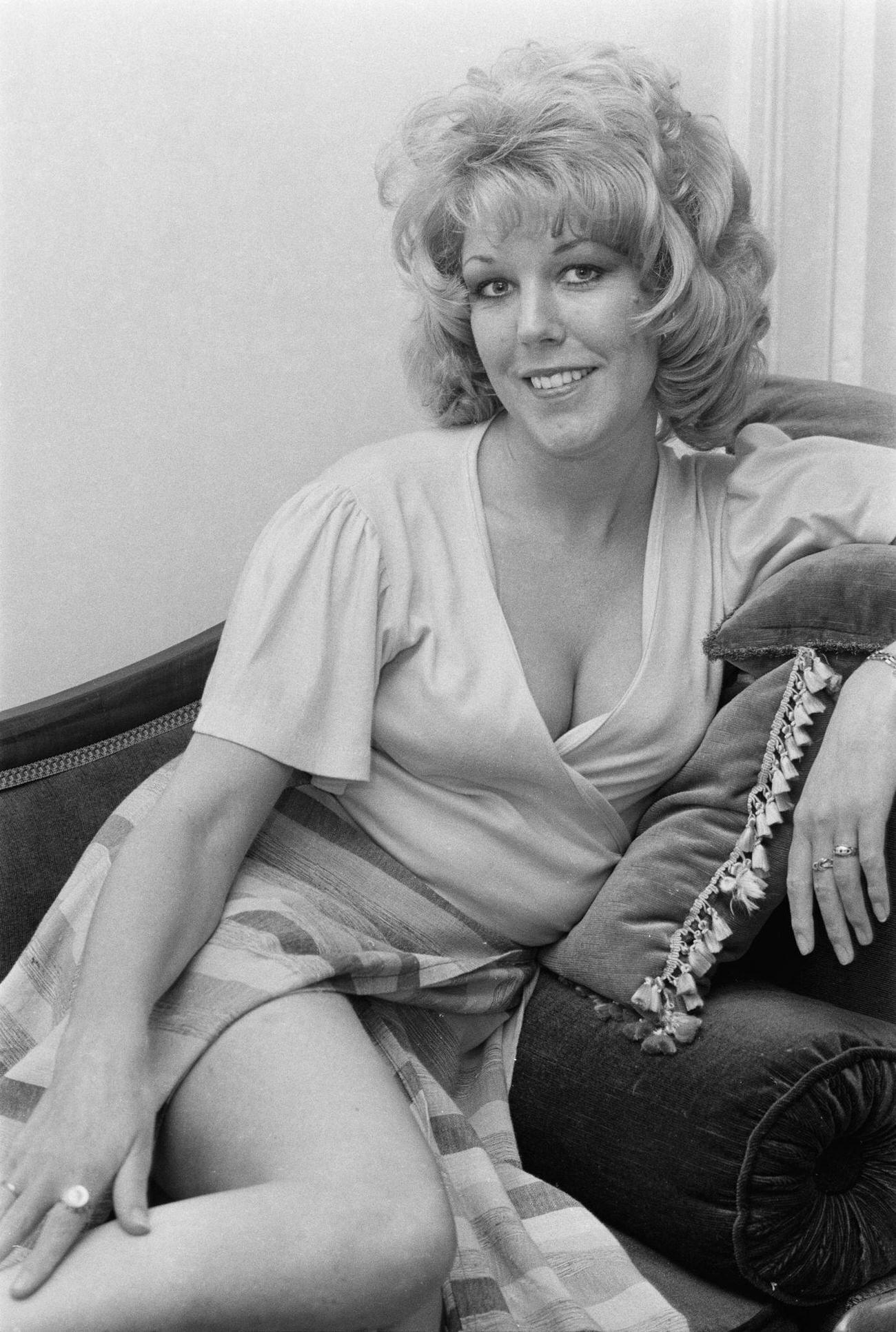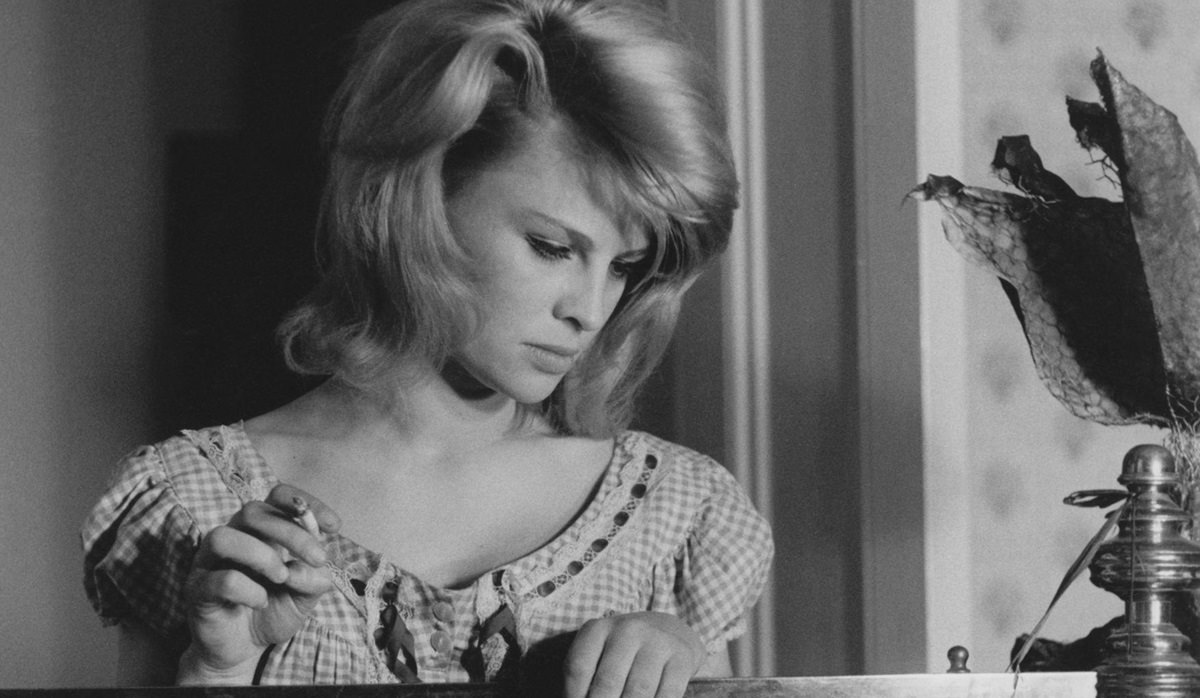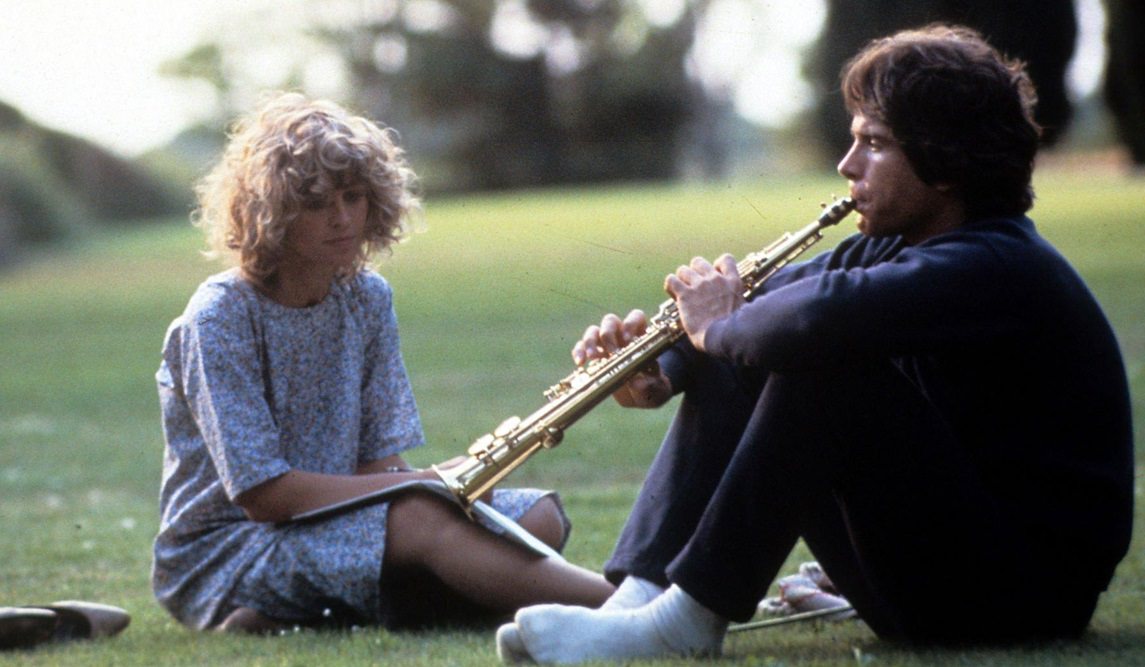Linda Hayden, an English actress born on January 19, 1953, in Stanmore, Middlesex, captured the attention of cinema enthusiasts with her striking presence and versatility. She carved a niche for herself in the film industry with performances that ranged from the innocent to the enigmatic.
Embarking on an Acting Career
Hayden’s foray into acting began early. At the age of 15, she gained notice for her role in the film “Baby Love” (1968), where her portrayal of a troubled adolescent showcased her capacity for depth and complexity, setting the stage for the career that would unfold. This debut was a bold entrance into the acting world and hinted at the potential of her craft.
Memorable Movie Roles
Throughout the late 1960s and the 1970s, Hayden’s career flourished as she embraced a variety of roles that showcased her adaptability as an actress. She became a familiar face in British horror films, a genre that was peaking during that era. Her most notable horror role was perhaps in “The Blood on Satan’s Claw” (1971), where she played the character Angel Blake, a performance that is still remembered for its chilling impact.
Hayden didn’t limit herself to the horror genre, though. She appeared in dramas, comedies, and even sex comedies, a popular genre in Britain at the time. Her filmography during this period included “Taste the Blood of Dracula” (1970), where she worked with the legendary Christopher Lee, and “Madhouse” (1974) alongside Vincent Price, another icon of horror. These films allowed her to work with some of the giants of the genre and further develop her acting abilities.
Her versatility was on full display in movies like “Confessions of a Window Cleaner” (1974) and its sequels, where she injected a comedic flair into her roles, proving that her talents were not confined to the realm of suspense and horror.
Personal Life
In her personal life, Linda Hayden chose a path of relative quietude, away from the bustling energy of movie sets and the public eye. She married Paul Mayersberg, a British screenwriter and director known for his work on films such as “The Man Who Fell to Earth” (1976) and “Croupier” (1998). Their union was a merging of two creative minds, each with their own accomplishments and understanding of the industry’s ebb and flow.
Unlike her on-screen presence, which was often marked by provocative and daring roles, her off-screen existence was far from the prying eyes of the tabloids, choosing to focus on the normalcy and stability that family life can provide.


